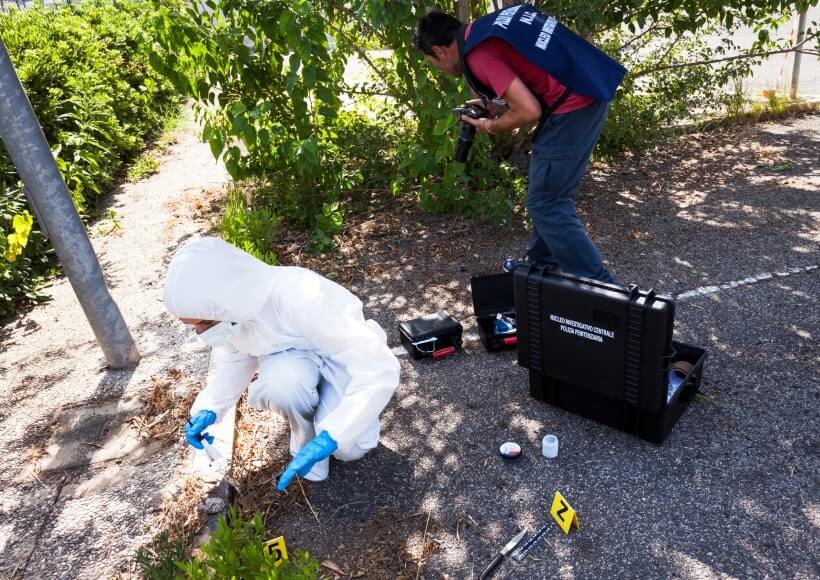Context & Problem
Research shows that while the number of crimes has declined, the number of prisoners has not, and citizens feel unsafe, vulnerable and do not trust policymakers nor institutions. It is therefore important to look at the gaps in a broader way and to question our own responsibility in this process. If we look at the picture resulting from the problems of immigration flows, terrorism, crime prevention and control, etc. from a public institutional point of view, we can see that, despite its multidimensional face, there are no multidimensional responses, given the gaps between public institutions responsible for overcoming them. In addition, private and public actors are often conceived as going in opposite directions because of their apparent different interests. As government agencies, we must create strong relationships between public and private actors, looking for the complementarity of objectives under the purview of the same values.
On a macro-level analysis, we would aim at recurring to technologies to diminish pre-trial detention, humanising the treatment of prisoners and giving them and society a different approach to Justice. Alongside this vision, a micro-level analysis is needed, engaging with designing new strategies and methods which contemplate the interactive co-presence of the newest technological security and social innovation tools. It is against this backdrop that the Experimental Lab of Penitentiary Forensics (ELPeF) has been created.
ELPeF is evidence-based-tested for new operative and innovative technologies, in real environments, and experimental correctional methodologies.
It will put the Penitentiary Police at the forefront of investigation tasks, prevention and contrast of crimes – particularly those related to terrorism and organised crime – through the use of innovative technologies which allow the acquisition and analysis of data, mobile forensics, use of drones and special 3D technologies for the reconstruction of crime scenes and dynamic analysis of groups in prison.
ELPeF’s ambition is the experimentation of integrated methods that intensify social security alongside the specific security of prison premises by upgrading and implementing technologies which already exist (operative technologies), and, simultaneously, running innovative technological pilot-projects with disruptive technologies.
It also aims at testing and validating new methodologies looking beyond the wall, with inmates convicted for terrorist-related crimes and/or belonging to criminal organisations with whom to work together by way of penal mediation group activities, community involvement and potentially leading to individual penal mediation.
These activities are part of a public-private cooperation scheme, are based on real environments, managed by first-line practitioners, and framed within the EU ethical and legal values, as part of the national legislation.
It’s a fact that if on the one hand technology can respond to security issues, protecting staff from violent conflicts with inmates, on the other hand, the absence of a human relationship between workers and inmates can result in a much higher level of violence. Hence, the idea behind the use of technology is to not enroll personnel for tasks of control that can easily be done by machines but instead to profit of the human resources belong to the LEA operating in prison for investigation tasks, acquisition and analysis of data, analysis of groups’ dynamics, and, last but not least, for cooperating with staff whose role is directly connected to the offenders’ rehabilitation and social resettlement.
The tech solutions below are to be tested within ELPeF, thanks to the new technologies and equipment provided by private partners and/or acquired by the Information Technology Department of the Ministry of Justice:
- Operative tests of the Mobile Forensics (including e-SIM) for multi-agency investigations in prison and the related environments (probation, alternative measures, contacts, etc.), under control of judiciary agencies. A traditional LEA software has been updated for the specific prison needs;
- Importance of Cellphone Data Analysis for data generated within and around prisons, with the new multi-SIM. New horizons of voice recognition and forensic translation are designed to exploit the magic 48 golden hours of investigations, in cooperation with prosecutor offices;
- Opportunities connected to the new unmanned avionic solutions for: a) new forms of prisons’ surveillance and protection (including anti-UAV solutions); (b) search of escaped prisoners and prevention of riots; (c) forensic dynamics and navigable 3D reconstruction of crime-scenes within prisons; (d) new models of maintenance and design. The drone and related solutions are currently under test.
- Integrated new cameras, sensors and ICT solutions for prison automation to manage the inmates’ movements through facial recognition, when specific legal restrictions apply. The solution is being developed in cooperation with several private partners based on the tests deployed;
- Global Security Manager: a specific programme, including training and recognition of the professional profile, for the integrated management of cybersecurity within prisons, is under development.
Besides the need for ensuring security through the use of technology, it seems important to re-think the justice system, offering a new model of it which would involve the offender, the victim and the community.
As regards penal mediation, the first step of the pilot project is establishing an environment of mutual trust between the mediator and the group. Several encounters are expected to render a new perspective: criminals are not their crimes but rather people who must take responsibility for their behaviour; the second step is to make the group meeting with an “a-specific” victim. “A-specific victim” is named somebody who’s not the direct victim of the inmates he/she will face but it’s somebody who has experienced the same kind of crime. This stimulation could hopefully lead to individual penal mediation paths.
Penal mediation offers the possibility not only of reconciliation, but also of reconstructing the relationship between the two people divided by the conflict, causing each of them to actively participate in the process and help them to find a solution that is convenient for both.
The entire process will be held by trained penal mediators. Throughout the whole pilot, some specific indicators will reveal the efficacy of the entire process and new ones will be created, alongside the experimentation of the use of soft technologies.
Results
The first results of these experimentations are expected to be presented in April 2019.
//
Ministry of Justice of Italy, Penitentiary Administration Department for the Triveneto


